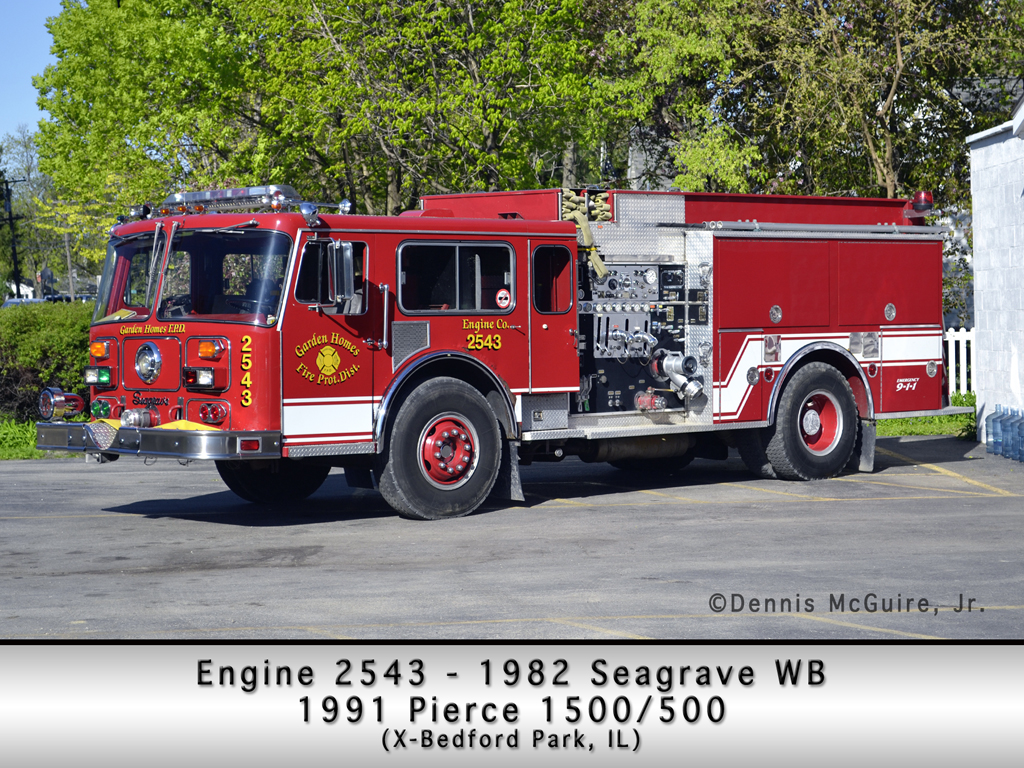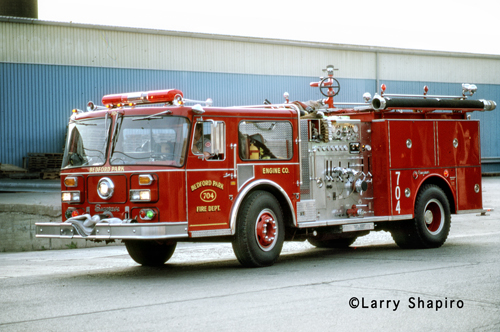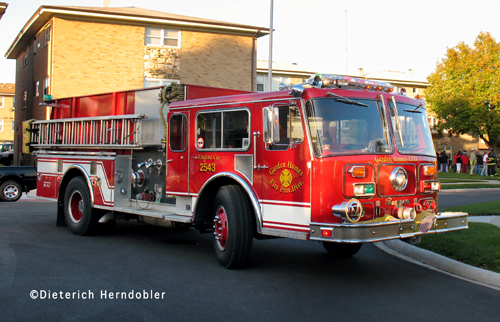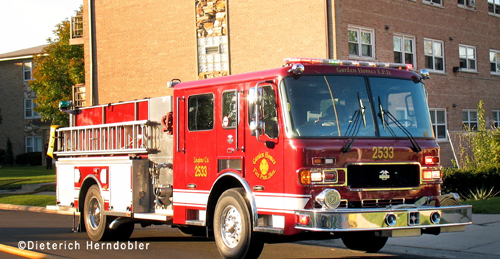This from Dennis McGuire, Jr.
Caught this before the engine arrived, not much to say. Car accident resulting in the car catching fire. Engine 4 responded and put fire out.
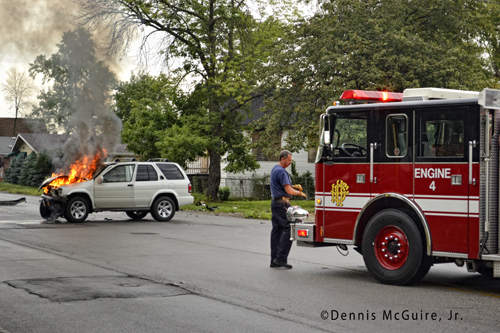
Dennis McGuire, Jr. photo

Dennis McGuire, Jr. photo
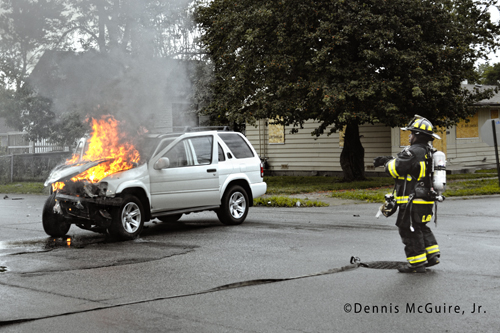
Dennis McGuire, Jr. photo
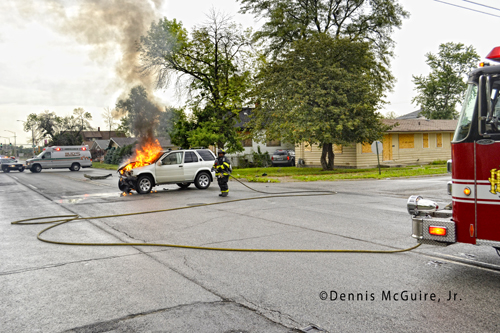
Dennis McGuire, Jr. photo
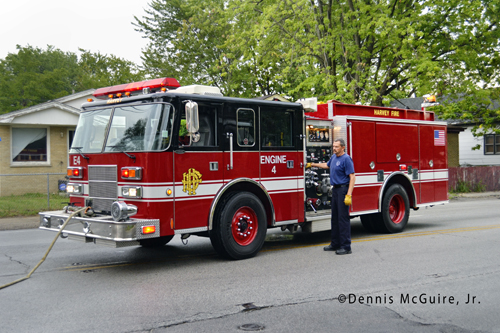
Dennis McGuire, Jr. photo

Dennis McGuire, Jr. photo
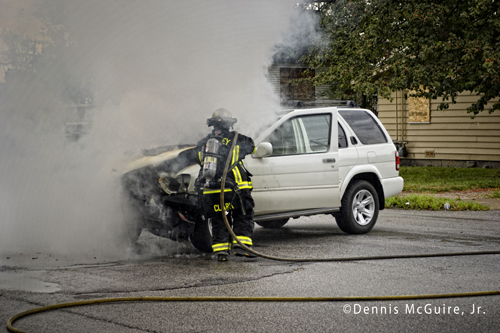
Dennis McGuire, Jr. photo
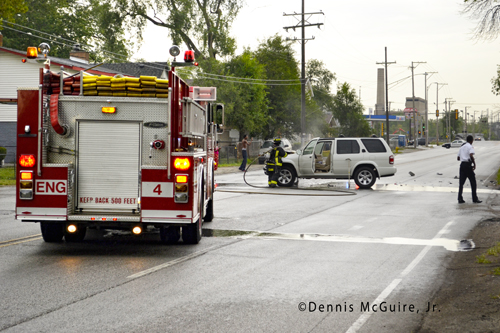
Dennis McGuire, Jr. photo

